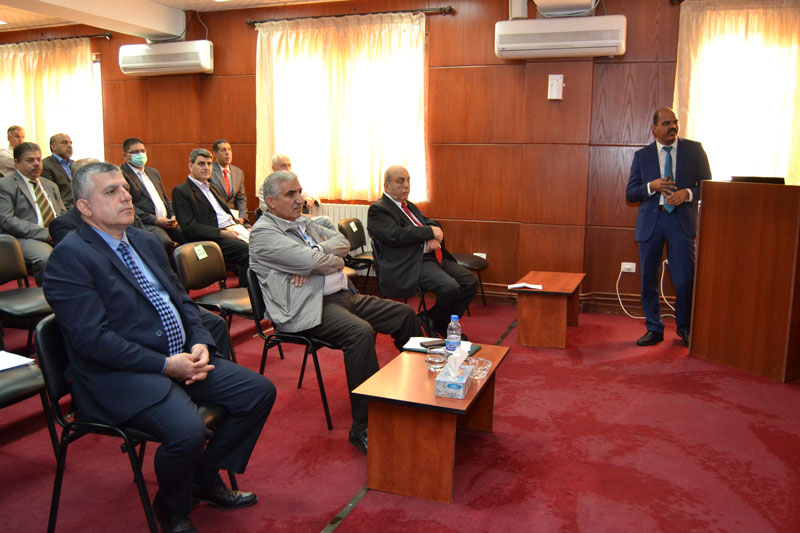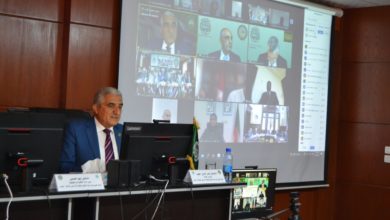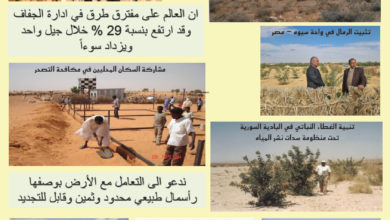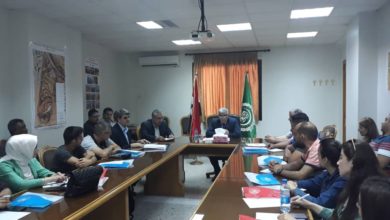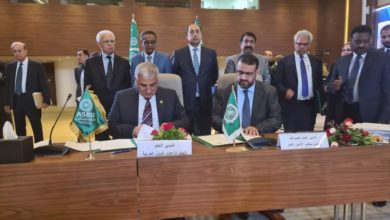Non-traditional forag plants for arid and semi-arid regions // Scientific presentation at ACSAD
Under the patronage of the Director-General of the Arab Center for the Studies of Arid Zones and Drylands (ACSAD), Dr. Nasr Edin Obaid, and with the presence of a large number of experts, researchers, and interested, the head of the Rangeland and Forest Resources program in the plant administration of the organization, Dr. Ahmed Khreishi, recently presented at ACSAD headquarters in Damascus. A scientific presentation entitled “Non-traditional Forage plants for Arid and Semi-arid regions (Panicum -Sesbania).
In a speech at the opening of the presentation, the Director-General emphasized the necessity of implementing research in Arid and semi-arid regions and to depending on the tested experiments of forage crops on the agricultural drainage and saline water in the arid and semi-arid regions to take advantage of them as much as possible, and to move away from agricultural areas that are devoted for important economic crops.
He clarified that the fodder gap in the Arab countries reached 49.1 million tons of dry matter, and the imports of these countries reached 29 million tons of fodder valued at 5.5 billion US dollars.
Dr. Nasr Edin Obaid noted to ACSAD experience in the field of rehabilitation and pastures development, saline water use, and the treatment based on plant genetic resources that grow naturally in Arab environments and which proved its efficiency in drought tolerance and the achievement of marginal production in dry areas and arid lands such as( Atriplex leucoclada and Atriplex halimus).
Dr. Khreishi then reviewed the economic importance of forage crops and their role in filling part of livestock needs and spoke about the types of Panicum cultivated in the Arab region and its role in sand dunes fixation and being as a source of fodder security for livestock, as well as the practical importance of Sesbania plant.
He also reviewed ACSAD experiments on the Panicum and Sesbania plant, explaining the species’ importance in providing a good source for feeding herds (sheep, goats), distinguished by nutritional value and good edibility. Showing the most important achieved results and presenting future proposals to benefit from these forage crops as an important fodder source.
In the end, a vital discussion took place on the subject, during which Dr. Khrishi answered the attendees’ questions and inqueries.
